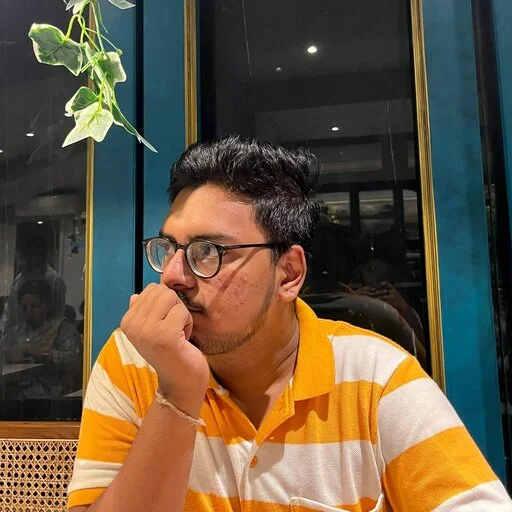Mumbai, India’s vibrant “City of Dreams,” combines old-world charm with modern allure. From Bollywood glamor to historic architecture, street food to luxury experiences, Mumbai offers something for everyone. Here’s everything you need to know from Ultimate Travel Guide for Mumbai to make the most of your visit, with insights on travel, culture, and eco-friendly tips.
Table of Contents (Ultimate Travel Guide for Mumbai)
1. Travel Essentials for Mumbai
Best Time to Visit: November to February brings cooler, more pleasant weather (17°C to 30°C), ideal for sightseeing and exploring. Summers (March to May) are hot and humid, while monsoon season (June to September) brings heavy rainfall, which can impact travel plans and cause flooding.
Popular Areas to Stay:
- Bandra: Known for its hip cafes, boutiques, and street art, Bandra has a vibrant, youthful vibe and is ideal for travelers who enjoy a mix of modern and traditional experiences.
- Colaba: Close to historic attractions like the Gateway of India, Colaba is a bustling district with colonial architecture, art galleries, and colorful markets—a must for first-time visitors.
- Marine Drive and Malabar Hill: For beautiful sea views and serene walking paths, Marine Drive and Malabar Hill offer scenic backdrops perfect for evening strolls and stunning sunset views over the Arabian Sea.
Local Transportation:
- Local Trains: Known as Mumbai’s lifeline, local trains are fast and economical, though crowded during peak hours (7–10 AM and 5–8 PM). They offer an authentic local experience and connect you to major city areas.
- Taxis and Rickshaws: Black-and-yellow taxis and auto-rickshaws are commonly available and generally use meters. Rickshaws are limited to suburban areas and are a budget-friendly option.
- Rideshare Apps: Apps like Uber and Ola provide convenient and transparent fares, covering everything from sedans to auto-rickshaws.
2. Packing Checklist
| Essentials | Climate-Specific Items | Additional Gear |
|---|---|---|
| Passport, ID | Light, breathable clothing | Portable charger |
| Reusable water bottle | Raincoat or umbrella for monsoon season | Power bank |
| Medications | Sunglasses, sunscreen | Travel adapter |
3. What to Do vs. What Not to Do
| What to Do | What Not to Do |
|---|---|
| Dress modestly when visiting religious sites | Avoid photographing locals without their consent |
| Try street food from popular vendors for safety | Don’t haggle aggressively, especially at historic locations |
| Use digital payment options where possible | Refrain from public displays of affection |
4. Cultural Etiquette and Local Phrases
Key Phrases and Customs: A few Hindi phrases can go a long way in connecting with locals. Use “Namaste” for hello, “Shukriya” for thank you, and “Bhaiya” as a respectful term for men, particularly in shops and markets. Mumbai is largely cosmopolitan, but respectful dress and manners are appreciated in traditional areas.
Ultimate travel guide mumbai
5. Budgeting and Money-Saving Tips
Average Daily Budget: For budget travelers, ₹1,500–₹3,000 ($20–$40) can cover basic needs. Mid-range travelers can expect to spend ₹3,000–₹7,000 ($40–$90), while luxury travelers may budget ₹7,000+ ($90+). Street food, local trains, and boutique accommodations help keep costs low.
Money-Saving Tips: Opt for street food in busy areas for authentic taste and affordability. Markets like Crawford and Colaba Causeway are perfect for souvenirs at great prices. Local trains are also a cheap and efficient way to travel across the city.
6. Health and Safety Tips
Vaccinations and Precautions: Typhoid and hepatitis vaccines are recommended, especially for street food enthusiasts. Carry bottled water, and avoid ice in drinks. Sensitive travelers may want a mask due to Mumbai’s air pollution, especially in high-traffic areas.
Emergency Contacts:
- Police: 100
- Medical Emergency: 108
- Women’s Helpline: 1091
7. Sustainable and Eco-Friendly Travel Tips
Many organizations in Mumbai regularly organize beach clean-ups, especially on Versova Beach. Participating in one of these clean-ups allows travelers to give back to the local community while enjoying Mumbai’s beautiful coastal scenery. Avoid using single-use plastics whenever possible, carry a reusable water bottle, and use cloth bags to minimize waste. Look for eco-conscious hotels and accommodations that support sustainable practices, such as energy-saving measures, recycling programs, and water conservation efforts.
8. Map and Key Locations
Here are some of Mumbai’s must-visit spots:
- Gateway of India: A historic waterfront landmark commemorating King George V’s visit, offering views of the Arabian Sea and bustling ferry terminals.
- Marine Drive: Known as the “Queen’s Necklace,” Marine Drive is ideal for evening strolls with stunning sea views. This boulevard is a local favorite for watching the sunset.
- Chhatrapati Shivaji Maharaj Terminus: A UNESCO World Heritage site and an architectural marvel showcasing Victorian Gothic Revival design.
- Sanjay Gandhi National Park: A green oasis with nature trails, and the ancient Kanheri Caves, perfect for those wanting a break from the city’s hustle.
9. Final Wrap-Up and Emergency Contacts
To make the most of your trip, keep small denominations of cash on hand, download a translation app, and embrace Mumbai’s lively pace. Respect local customs, stay mindful of your surroundings, and enjoy all the unique experiences this city has to offer.
Emergency Contacts: For urgent assistance, keep these numbers handy:
- Police: 100
- Ambulance: 108
- Women’s Helpline: 1091
Also Read: 4-Day Delhi Itinerary: Explore the Best of India’s Capital in 4 Days
Follow @voraciousblogger

